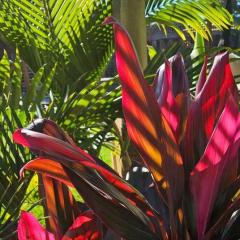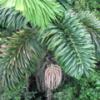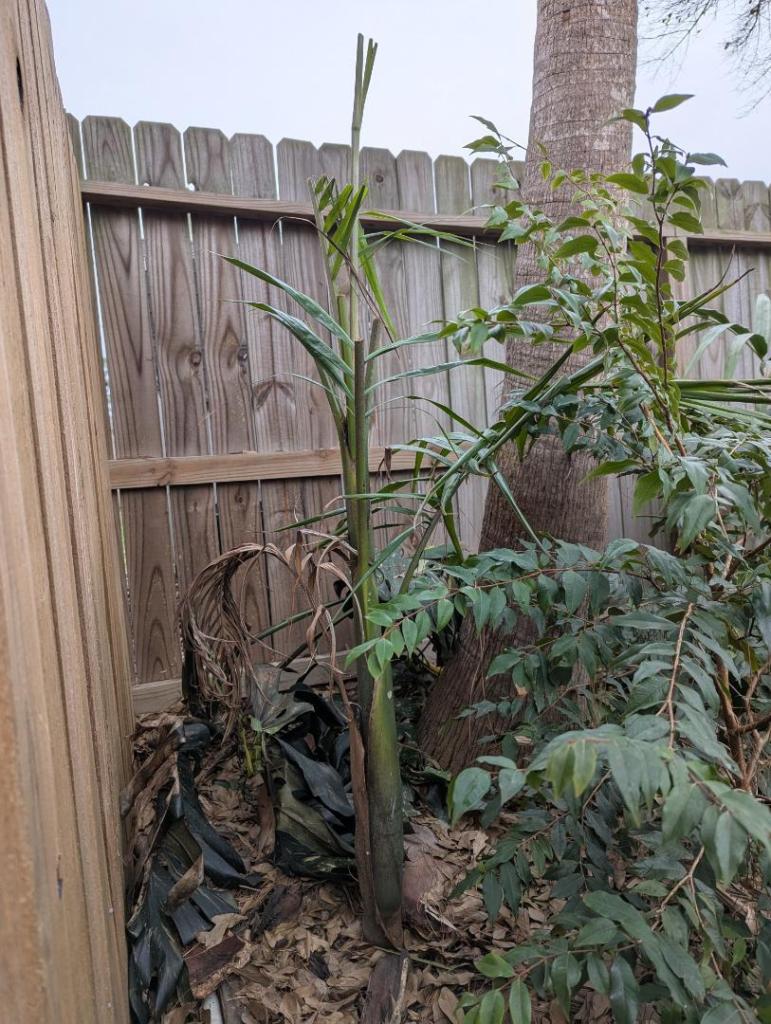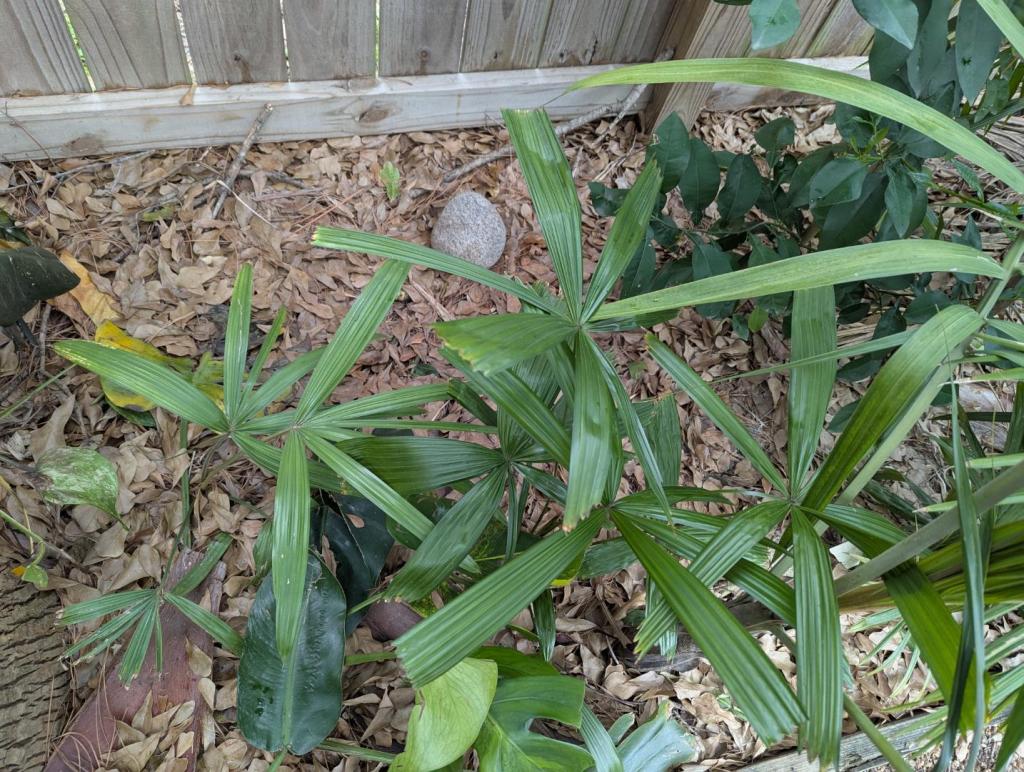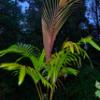Leaderboard
Popular Content
Showing content with the highest reputation on 03/02/2025 in all areas
-
7 points
-
5 points
-
I first spotted these in 2022 when I was staying at one of the houses nearby, now I just remembered them. There’s this vacant lot out in lakeway that has at least 3 wild CIDP growing. Plus a few Butia, which don’t look too good. I can’t confirm for sure that these are naturalized, however there are two mature CIDP just a block away that they could have come from. Also these are expensive homes, and I’m pretty sure if anyone wanted a CIDP they would just transplant one. There’s also about a dozen Filifera on the same street that are all pretty big. Unfortunately the views when you drive past aren’t great, but you can still see a few of them. Aerial view isn’t much better5 points
-
I know there aren't many PT'ers in the Houston area, but figured I'd post here first before listing on FB. Porch pickup from League City or can possibly arrange to have pick up in Memorial area on Fridays. Paypal/Zelle/Venmo. Not interested in shipping at this time. Chrysalidocarpus/Dypsis Pembana 1gal $15. I have a bunch, mostly red petiole but a few yellow as well. Allagoptera Arenaria 1g $15. These are 3 years old and notoriously slow seedlings, so should be time for them to start speeding up. Have multiple. Butia Odorata 3gal. Only have 1. $20 Livistona Decora 7gal $75. These were from NTCHP and they want to go in the ground badly. The Decora in the pic is from the same batch but was the lucky one that got planted in summer of '21. They grow FAST in ground. Survived 15° unprotected with no issues. Not a palm, but I have a bunch of 3gal Brachychiton Rupestris aka Queensland Bottle Tree. $40 ea. Chamaedorea Tepejilote 1gal. $10, have multiple.4 points
-
Interesting. I see a lot of naturalized sabals and washingtonias in the area. I don't know if I have found any CIDP or butias naturalized yet. I have posted a pic before of a couple of CIDP on a vacant lot Cibolo, but I am not sure if perhaps there used to be a farmhouse or something on the site before the area was developed into subdivisions:4 points
-
I looked at it and thought I can’t buy it I have no room left in the car to put it (was going to leave the wife behind for extra room but thought twice about that). So I packed the car up jam packed full already and guess who had room for the palm. Now all I have to is go pick up the wife🤣 Richard4 points
-
3 points
-
3 points
-
Talk about a kid in a candy store omg. What fun it is to have so many new palms to choose from and some absolute bargains. As a palm grower myself I could not resist a kerriodoxa even though I have 700 of them in my greenhouse I just had to buy it. Even a nice Cham genoformis, dypsis poiveana I already have quite a few in containers and in the ground but I still had to buy them I just can’t help myself. So the list of palms I purchased are as follows. cham genoformis, pritchardia martii, licuala pelata sumowongii, synecanthus warscewizianus, hydriastele pinangoides, dypsis managenerensis, dypsis rosea, Cham elatior, ptychosperma cuneatum, rhopalastylis sapida, dypsis poiveana, dypsis pinnatafrons, Cham nubiums Pinanga insignis dypsis arenarium blue form, dypsis robusta, Chuniophoenix humilis, Calum’s muelleri and an Arenga caudata. An absolute feeding frenzy of palm buying and the best part was a total blast of fun doing so. Just a couple more for the collection.3 points
-
Tis 'also the season for getting spring projects completed before the dawn of " Nuke Season " begins to illuminate the eastern horizon in a couple months ..if not earlier this year... Slightly raised, gravel- filled beds separating the block wall from the back lawn looks much nicer than letting the lawn take up all the space.. As mentioned before, specific Canna / summer flowering annual stuff will fill these beds.. In this particular section, left the level of gravel placed in the block holes a little lower compared to other areas ( ...Where i filled the holes to the top ) ..Because this part of the yard stays shaded and moist in winter, even one as dry as this year apparently ...and the bottom of all the blocks placed here aren't open, ..thus being able to retain some water, ...or at least allow water to slowly drain, considering another experiment with native Fern spores here next winter.. May stick some Yerba Mansa offsets in a few of the holes too. Still undecided on whether or not the corner ..behind the log.. will be good enough for throwing a Hedychium in there, or still too hot / sunny.. Now that it is enclosed, need to get / mix in a couple bags of compost ..and get what Tomatoes / Peppers Mex. Oregano ( Lippia gravolens ) / Basil will go in there planted. Italian Long pepper planted 2 years ago? ...awakening to Spring, #3.. Hiding under the 5-6" of block buried below the soil line lies another 8-10" of hardwire cloth around the entire edge of the bed which should deter the furry menace. * Hopefully * Next area to be done.. Don't think the yard would look right if i didn't do this section. Since i'm pretty sure i'll have gravel left after i complete the final two sections of raised beds along the back wall, will likely fill in this area around the base of the Ficus, after i lay down hardwire cloth to keep the furry menace out.. For whatever reason, Bermuda ..which grows everywhere else, will not fill in under here. Would look nicer with a defined, slightly raised bed around it anyway.. Thing in the pot in front of the Ficus is a zone 13 Bursera sp native to a small area of Oaxaca along the Pacific coast of Mexico .. Extra driveway space filled in.. Head off it is a 3ft wide raised bed ..so anyone parking there doesn't hit the block wall separating the front and back yards.. Random " add in " spots to the sidewalk beds.. Aside from spreading the mounds of older rocked moved from a different spot, only things i need to add to the " main " bed out there are the two Plumeria i'm planting, the " summer flowering " cacti, and a pair of Colorado Four-o-Clocks ( Mirabilis multiflora ).. Next fall, i tackle installing 16-18" barrier below the scalloped edging ( if i don't decide to move it to the sidewalk edge / replace w/ block.. ) to keep the Bermuda out..3 points
-
3 points
-
3 points
-
With the start of a new month comes the start of a new season ..defined by the only way of defining the seasons that matters, Meteorologically.. Final month of " winter " spent well above average, + our first official 90s for 2025, ..a month early, = plenty of stuff awakening from their winter naps in the yards ..and beyond... Hippeastrum " Stargazer, Minerva, ..or .... " right at peak bloom, while inflo #2 produced by this plant gets ready to open.. Solanum houstonii Calliandra eriophylla.. Echinocereus coccineus ..or triglochidatus.. flowering ..One of the two planted in the yard at least.. ..Ahead of the Beavertails and specimen these offsets came from at the old house too.. Seed started Coral Honeysuckle i thought i'd killed after yanking last fall.. White Veined Pipevine ** Not pictured ** Native Pipevine, A. watsonii is already starting to flower.. Clitoria mariana peeking out of the soil about 4 weeks ahead of schedule.. Caliche Globemallow Though it has thrown around a few sporadic flowers, Erythrostemon palmeri is already reloaded with buds.. While a few in the neighborhood are just starting to show any color, looks like the TX Mtn Laurel will beat the Sweet Acacia across the street to the stage this year.. The pale - flowered specimen.... Orange Tecoma cultivar.2 points
-
Well it’s official the Coffs Harbour botanical garden conservation project is underway. With a donation of palms from Colin Wilson and Lyn Crehan. They have been more than generous in donating their time for the project with some amazing palms to start planting out in the gardens. I still have to go through them and find out exactly what I have got to plant. I look forward to the project getting underway for future generations to have such great rare beautiful plants. Iam the garden’s curator will be more than pleased with what’s available in palms for the garden. I would like to personally thank Colin and Lyn for giving me this opportunity to be part of such a great project, along with pacsoa and the wonderful people behind such a great organisation. I will post a list of what palms I have for now they can rest up with a good watering after such a long journey.2 points
-
2 points
-
It looks like it could be cold damage possibly? Does E edulis generally do ok in SF?? I tried the orange crownshaft variety here and found it pretty wimpy...our climates are reasonably similar if you're in the cooler parts of SF. Just a thought.2 points
-
Yike! Ham-handed and incomplete. Washies and similar are fire hazards; kings and Rhopies are not.2 points
-
Humans have very varied interpretations of "usefulness". Some make dwellings or hats for sun protection, some eat the fruit. I can say that palms are apparently much more useful preventing hurricane damage to your house than dicots. Oaks, elms, eucalyptus all were felled by hurricane Milton last fall. Some fell on houses, some became a mess to haul away. My 8 closest neighbors had obvious roof damage including leaks, needing new roofing jobs. My house had minimal damage to 10 feet of the cap. My place has ~60 mature palms instead of dicots. The tallest palms took a whooping for sure, but are already pushing out new leaves. Perhaps you should ask carribean islanders how useful palms are? After a big hurricane comes through the palms often still standing ready to refresh the crowns while the dicots are often dead and gone. Dicots are messy when they seasonally drop leaves and twigs, many palms are relatively clean, especially the self shedding ones.2 points
-
I think "usefulness to humans" is an incredibly poor standard to judge any plant by.2 points
-
2 points
-
2 points
-
@Foggy Paul do you know the type of rock? Granite is mostly silica and may not dissolve much, but marble chips are mostly calcium carbonate and dissolve much faster. I don't know if it would be enough to really affect the palms or not. Two things come to mind: too much of one nutrient can inhibit absoption of others with "nutrient antagonism" So too much N or Mg = K deficiency. The other is soil ph: But it looks like Potassium is only affected by really low pH, which is probably not an issue.2 points
-
@carlosinkw welcome to PalmTalk! In general I would say "transplant shock," just meaning it is actively growing new roots and getting acclimated. If the new fronds are solid green and growing, then it is probably just short on Potassium. Typically a potassium deficiency shows up as translucent, yellow or dead brown spots on the oldest leaves, occasionally with dead tips. At 3.5 months it is definitely time to fertilize. I would say 1 or 2 handfuls of Florikan or Palmgain, spread randomly in maybe a 6ft diameter circle. If it keeps having potassium deficiemcy signs, you could add some Langbeinite / Sulpomag / Kmag. Nothing will "fix" the yellow spots, but the fertilizer may stop it from progressing further.2 points
-
Definitely wait for it to finish blooming before you try replanting it. I just had this discussion with my friend Harry while touring his garden today. Harry’s brother is Andy of Andy's Orchids here in Leucadia. I was picking up this Dendrobium speciosum Hillii. He recommended very shallow pots for me to replant some of my smaller specimens. I planted ssp Grandiflora on a thin bark layer on top of a rock that is slowly rooting after 2 years in the ground.2 points
-
A complete bargain I had to buy it, even if has to stay in the greenhouse. The feedback so far is in the positive direction for living but you never know when it comes to winter. Richard2 points
-
I can only try for such beautiful palm. Temperatures will get down to 2 degrees Celsius, so a good protected spot with lots of rocks around might see it being a winner time will tell.2 points
-
Yep I had to buy for that price, a lot of palm that will explode once planted in the ground. I will acclimate it for a winter or two, it was grown on the Gold Coast so I stand some chance for now. But definitely score of the week in the palm sales department. You have to get up to PACSOA show next year for what’s available nowhere else.2 points
-
So you’re a bold and a beautiful lady I take it. Got your eye on Ridge have you. Richard2 points
-
I have grown many Sadleria from Jim at the fern factory. His original spore was collected in Hawaii. Many when young are very top heavy and floppy. Sometimes I plant them a little deeper, mound up the soil or stake them until they become more stable. They all look identical to the plant Rivera is growing. The photos are of my largest one with many pups. What is interesting is that the parent plant throws a red new leaf but some of the pups from the same plant, in the same location, put out a red new leaf and some a new green leaf. One of my favorite ferns in the garden. For me, grows best in full sun. I am about 3 miles from the beach. The one shown is south facing next to the cement driveway and never burns.2 points
-
That is an awesome palm for the price Richard. Itaya has always been one of my favourite tropical palms I wish I could grow. A friend of mine has a nice one growing down here in a heated glasshouse. I think you’re a chance in your location but maybe keep it protected until it establishes. Here’s one at Gardens by the Bay in Singapore. Photo taken 9 years ago.2 points
-
It’s too early. And unfortunately, Sabals do so poorly at being transplanted, it’s not 100% chance it survives at all. I would plant in like a 5 gallon pot, where they can stay for a while. And transplant after 2 years. They will need a solid root system and more vegetation to make it through winter. im zone 8a. Here’s my 2 year old palmetto In pot for 1 year, went in ground April 24.2 points
-
I don't know the climate there, but I would wait until Late April/ Early May, or just pot them up until they get to a decent size before planting them2 points
-
It's worth noting that California isn't the only state bothered by wildfires. South Carolina governor declares state of emergency as raging wildfires prompt mass evacuations Praying for you-all in SC! Don't be afraid to pray for us back. We'll all need it.1 point
-
1 point
-
Now Brooke won’t be to happy you said he’s fat! Or is Jr more your man from Dallas. 😂1 point
-
1 point
-
Hi NC-Key-Bar, Thanks for the advice. I will just experiment with the palm seeds and seedlings. I’ll plant them later this spring. That’s a nice healthy Sabal palmetto.1 point
-
That would be a great project to be part of. How big is the botanic garden site?1 point
-
FYI - Fairchild is in Miami, pretty much the warmest area in SouthEast FL. It rarely approaches 40F (5C) on the worst cold fronts, though it has hit freezing I think twice in the 1980s. For example, this year's minimum was 47F (8C) and it only dropped below 50F twice all winter. But back to the Itaya, I know MB Palms grows them here in the Orlando area. He usually has them for sale at the Leu Gardens plant sale, coming up next weekend. I thought about buying one last year, but I wasn't sure if it would handle my typical upper-20s frosts here on the NW side of Orlando. Kinzyjr's spreadsheet has only three reports on it: 60-80% leaf damage at 2C / 35.6F with maybe too much sun Dead at 28.5F / -2C with some protection 20% leaf damage at 29F / -2C under Bismarck canopy with a blanket dropped over it I might try one somewhere, once I have a little bit of reliable canopy for protection.1 point
-
Is it a type of ginger (Zingiber sp.)? Or maybe an Alpinia species - possibly Alpinia caerulea 'Redback'?1 point
-
A beauty and the beast greeting when i got home from work this evening. In the garden my male Ravenea julietiae inflorescence is opening a lovely color but no noticeable scent. I expected a strong scent like my male Ravenea glauca inflorescence. As I went up the steps to the deck and house I encountered the beast. A solitary South American palm weevil. It didn't move so was easy to step on and kill.1 point
-
Alright, I think if this ends up coming to fruition, I will go for it. I'll start out maybe 18" from the trunk and go looking for roots.1 point
-
Your fern looks healthy, but something about it tells me it’s not a Sadleria. It’s carrying too many leaves, especially for San Francisco. I have many of these in my surrounding forest, and that just doesn’t look the same to me.1 point
-
1 point
-
The protected tropical bed The new Archontohoenix cunninghamiana not liking its sacrificial haircut but it's pushing Alexandrae is going to defoliate. At least it grows like a weed. I got lazy with the cover in this section (you can see the partially melting Monstera) New leaves! new leaves! Chuniophoenix hainanensis and Licuala fordiana Cyphophoenix elegans slow but steady at 3 leaves a year Euterpe edulis is actually a leaf making machine, keeps up with the king palm even1 point
-
1 point
-
For the rpw, which ravages palns in Europe, it is established knowledge, that male flowers of Phoenix spp attract the bug rather than the female ones. It is very common that after some years since the appearance of the rpw in an area, the only still surviving Phoenix specimens are in an overwhelming percentage female. On the other hand every time my female dactylifera is near in to ripening set dates, rpw pays a visit to it. I think in first case the decisive factor is called kairomone and in latter case sugar and fermentation in the fruit.1 point
-
Tracy, well that’s depressing. I was hoping that they took the winter off from reproducing; guess I’m wrong. Last year they took out a couple of immature Pritchardia, so I don’t think it has much to do with sexual maturity. I did read an article somewhere, that you can take for what it’s worth, that stated that freshly cut leaves somehow attracted them. So this guy‘s recommendation was to do a lot of of your larger scale pruning prior to the spring growing season. Like I say, I took it with a bit of grain of salt, but hope springs eternal. Growing palms seemed like such a simple pleasure, prior to weevils and insurance companies.1 point
-
I'm not sure anyone wants this thread revived, but the NYT had this headline on their site today and I thought it would be of interest. It's behind a paywall of course, but if you're a subscriber, check it out. The story also linked the doc in the attachment, from LA County. https://www.nytimes.com/2025/02/01/climate/los-angeles-rebuild-wildfires.html PalmsWildfire.pdf1 point
-
These most recent fires have been an eye-opener for sure. Many of the really devastating fires in California occurred in more remote areas, and I often thought "well, I'm safe from that," living near the coast in a fairly dense suburb with lots of services nearby. Now it's clear there are no places safe from fire in California. The truth is my cute little 1941 kit house would burn like wadded-up newspaper if there were any serious fire nearby -- regardless of any landscaping decisions. The only decision for me, should there be a fire, is "which escape route is best?" After my experience with the volcanic eruption 2 streets away from my 2nd home on Hawaii Island, I have drawn a firm line between life and possessions. One is essential, the other is nothing. Having a list of Needs and secondary Wants to toss in a bag before One Last Look is my fire response plan.1 point


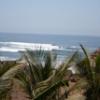
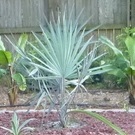
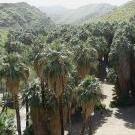

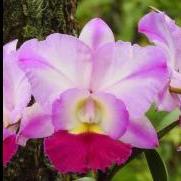



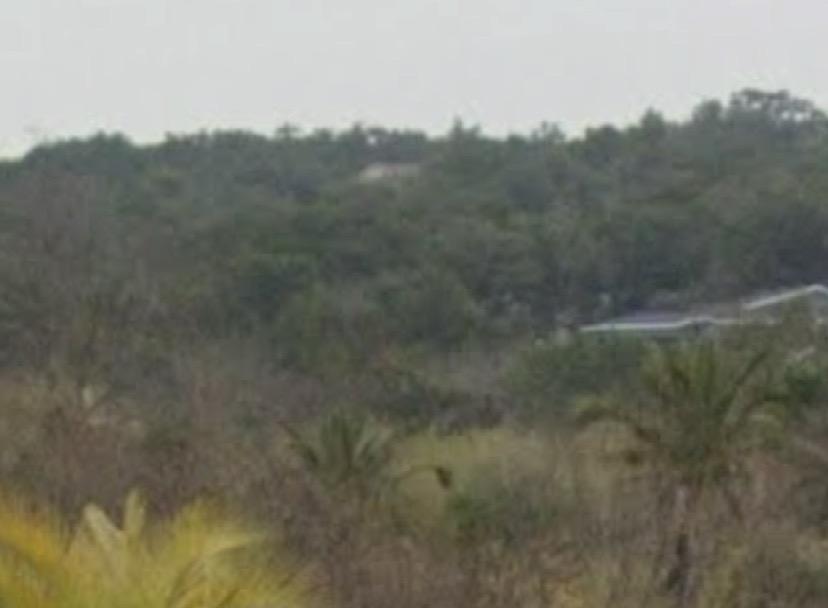
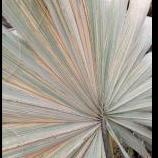








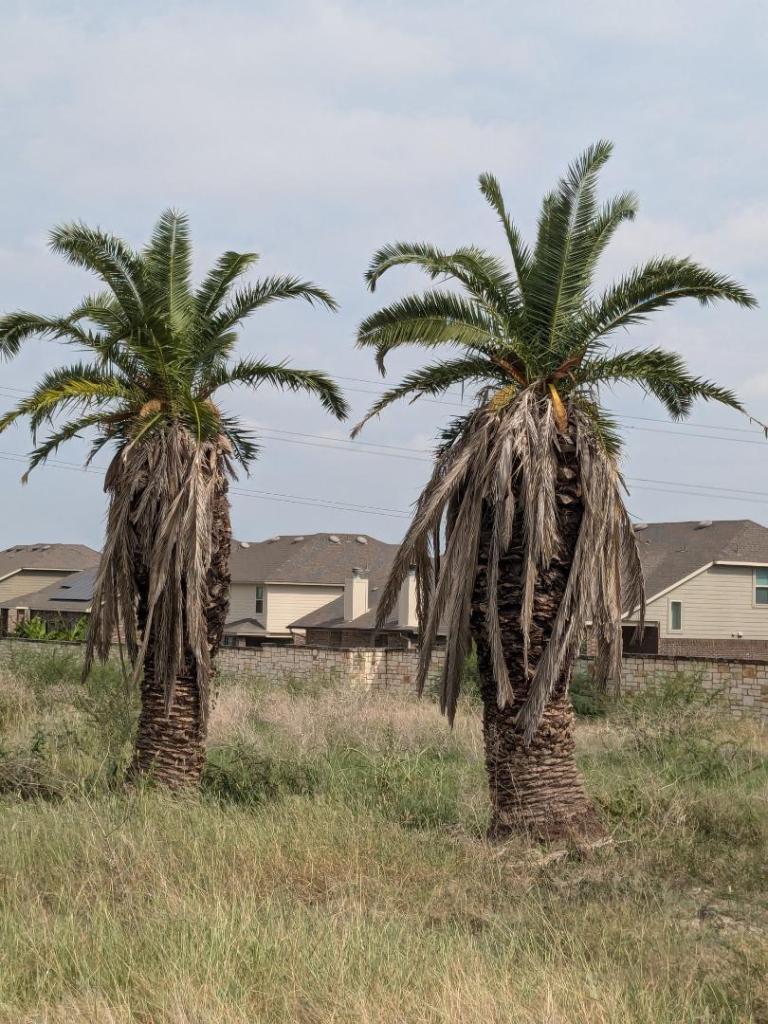










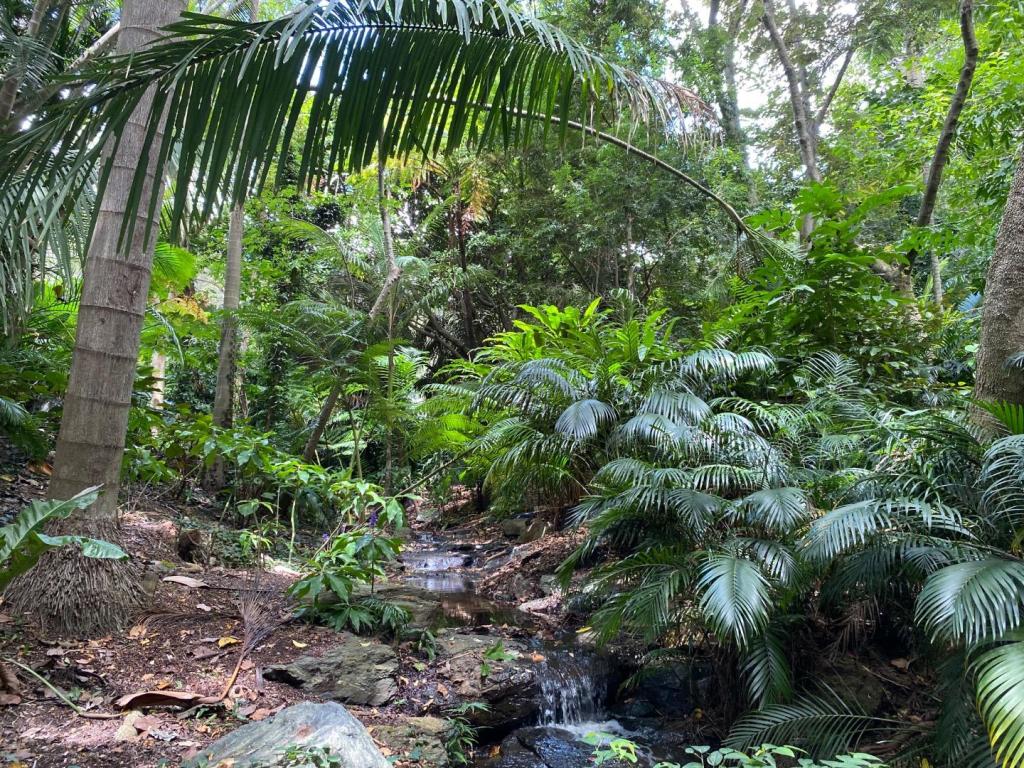



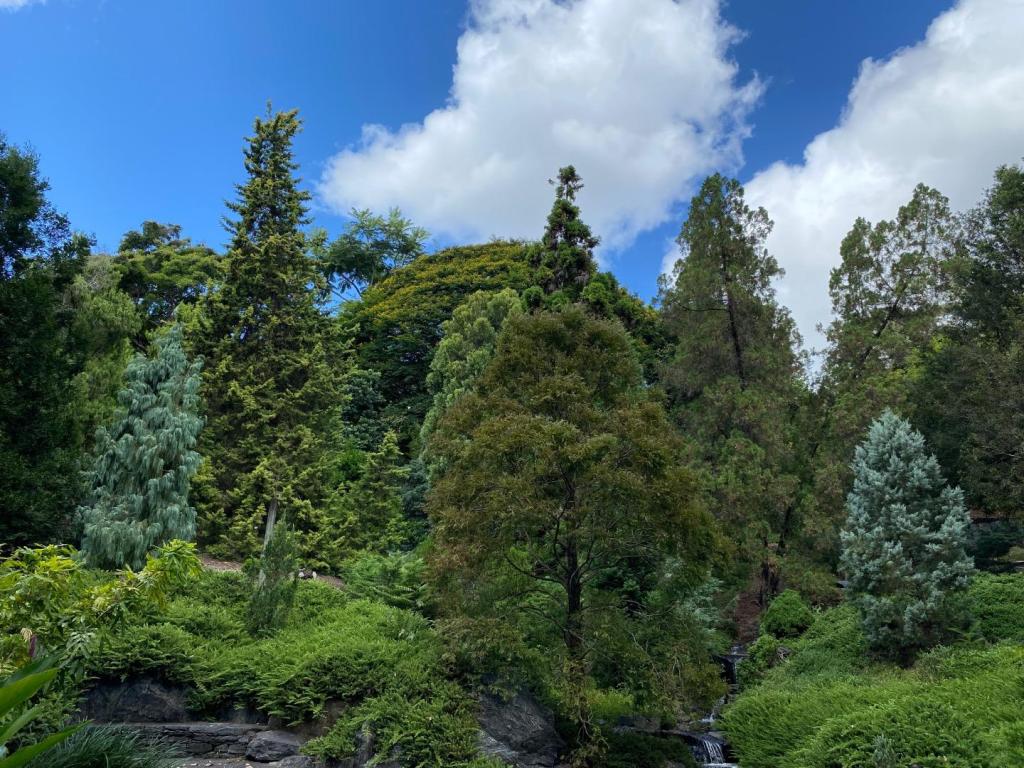

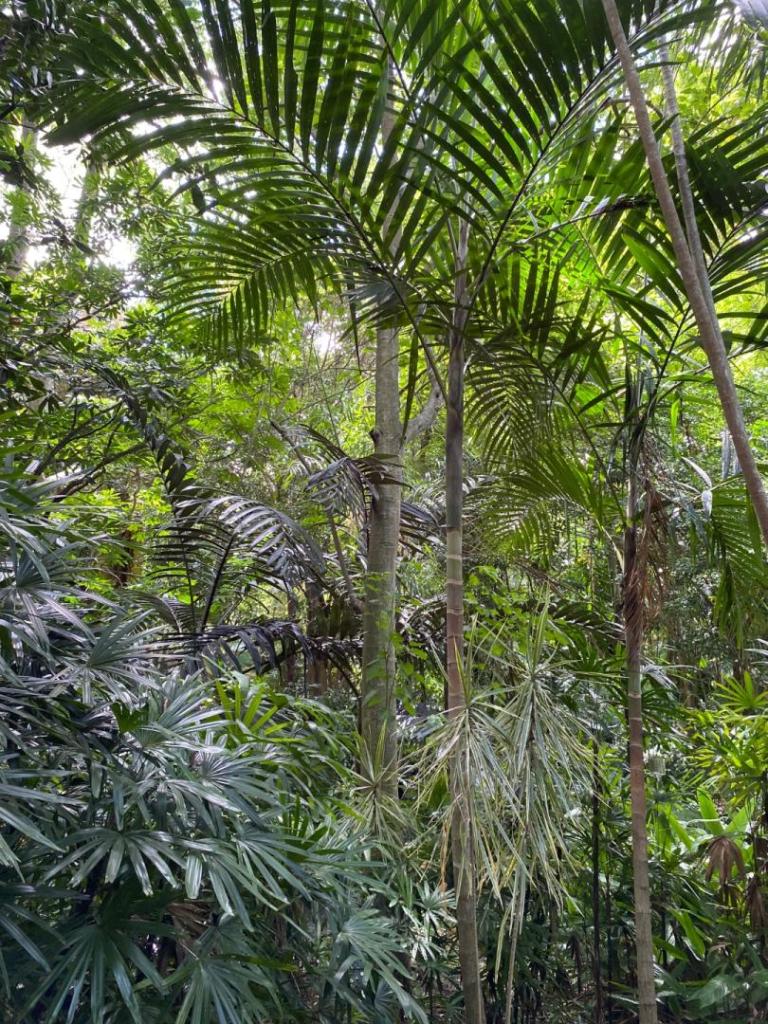

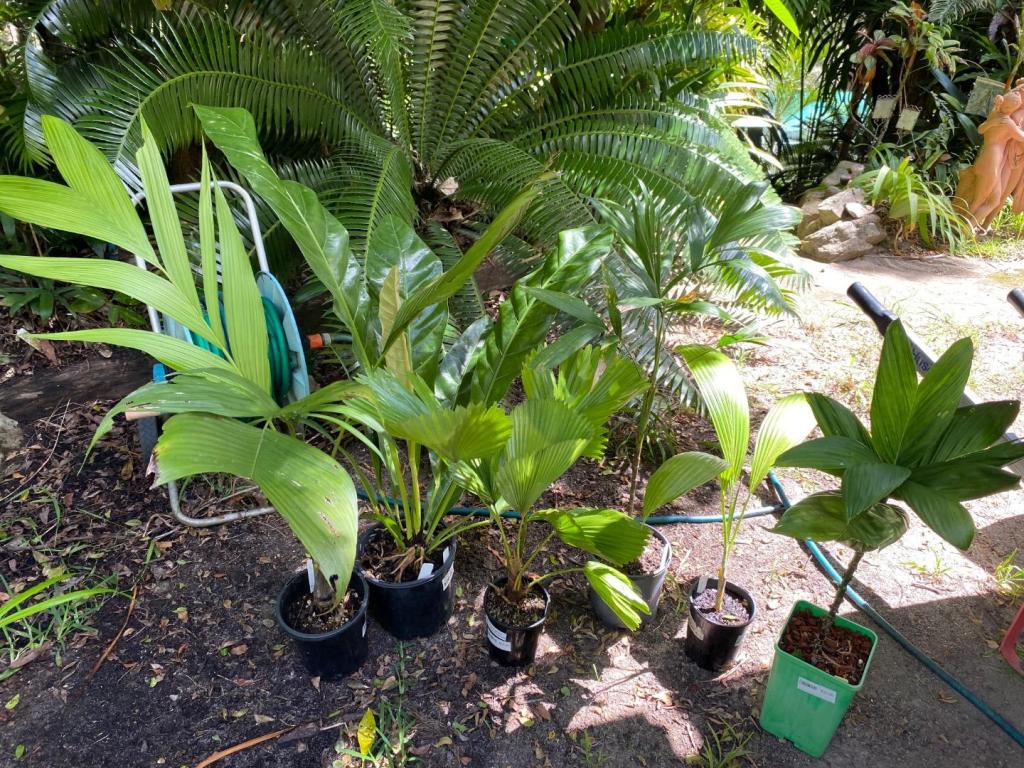
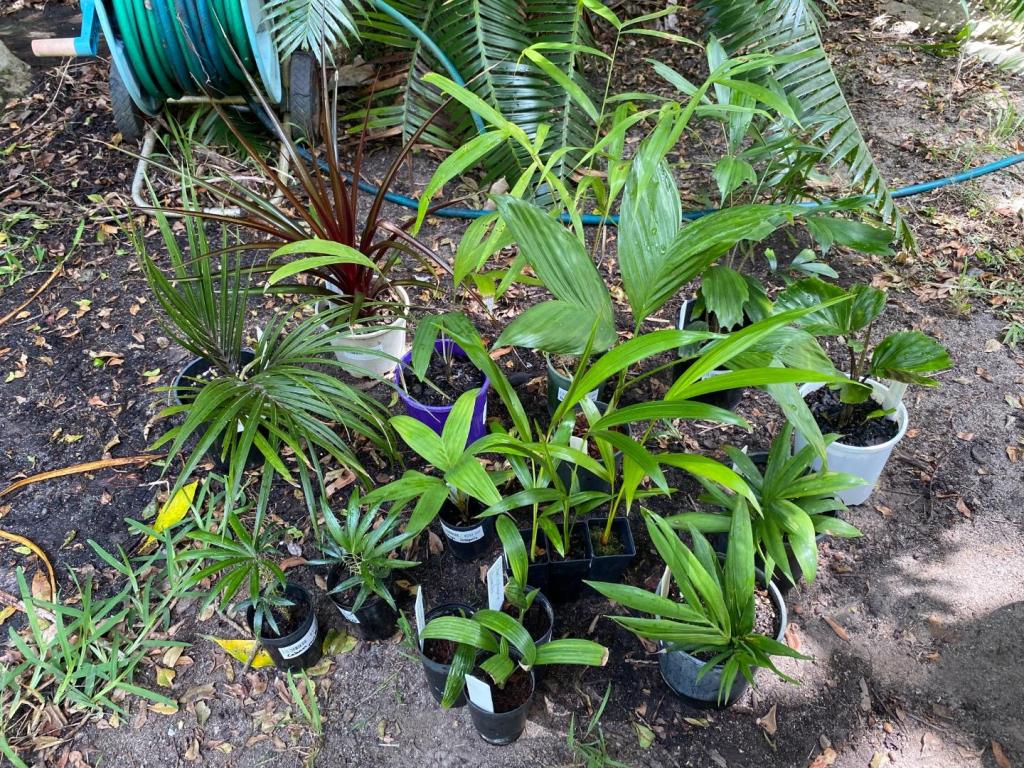
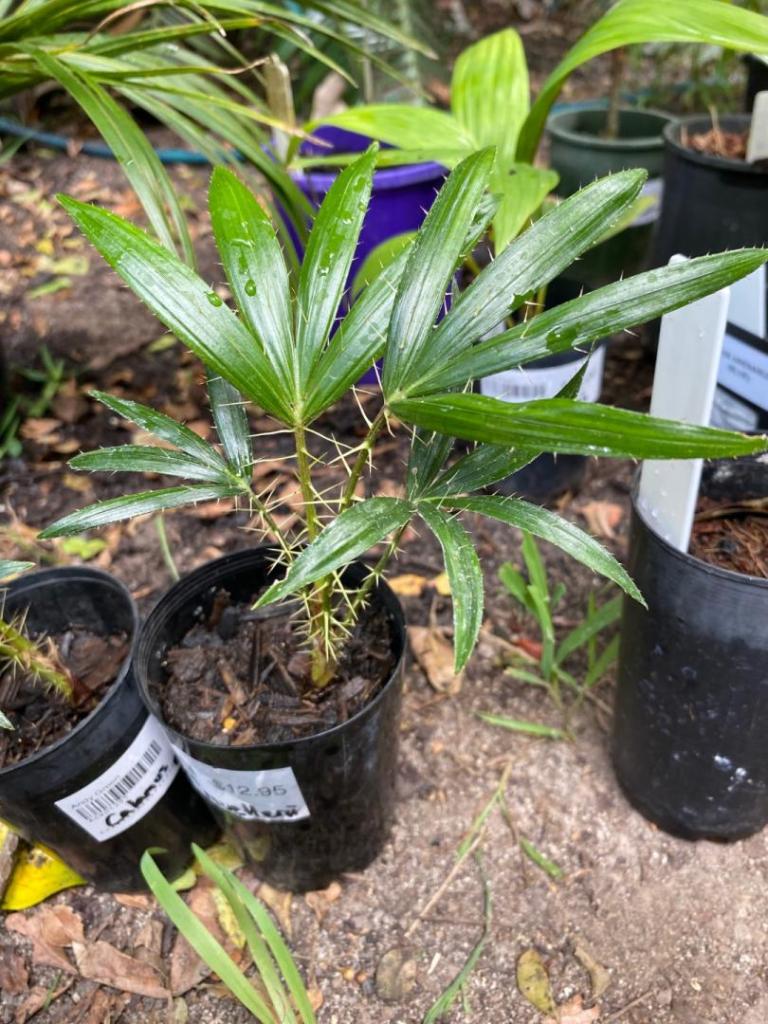

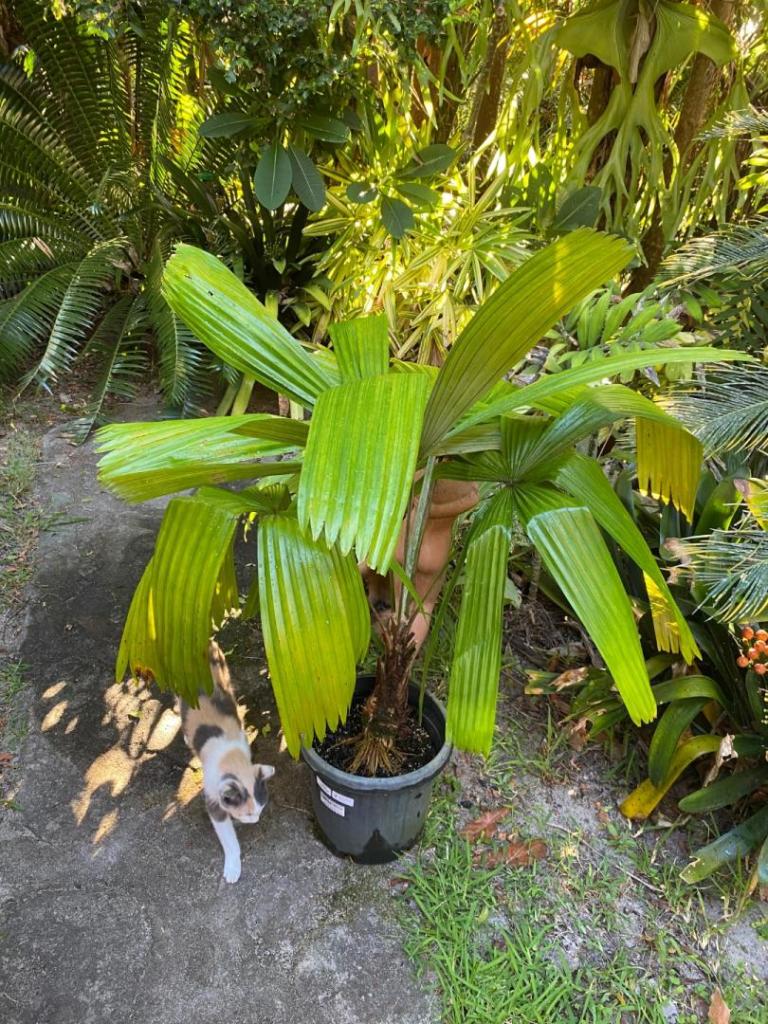
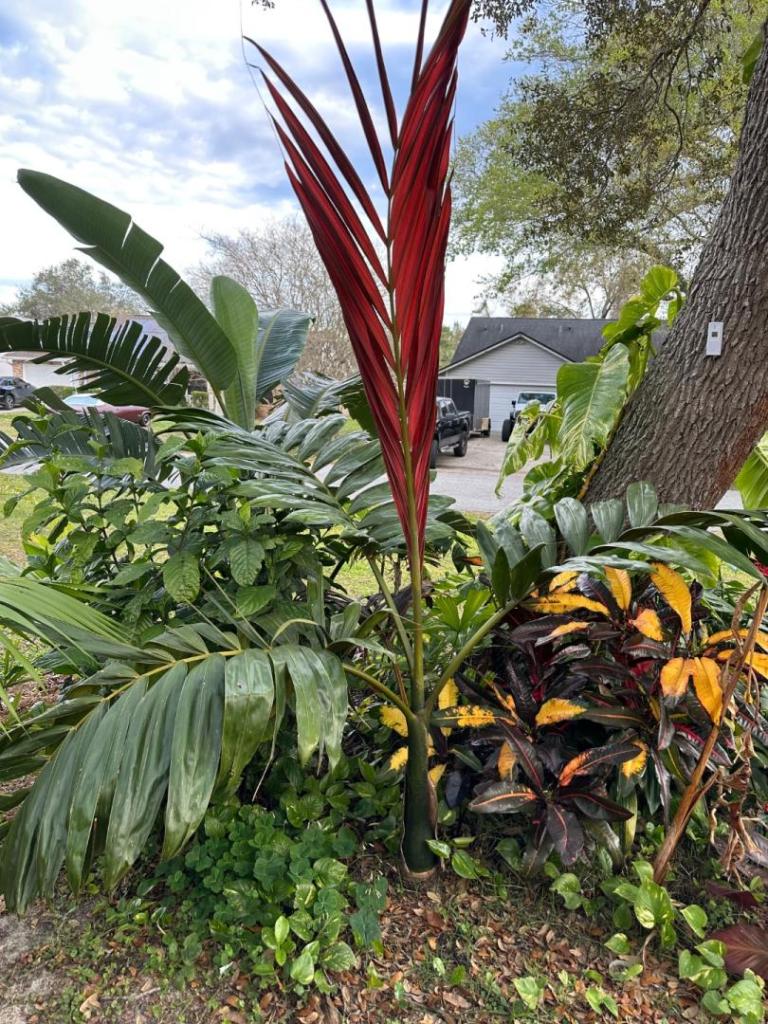
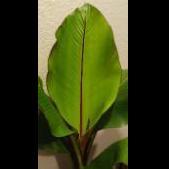

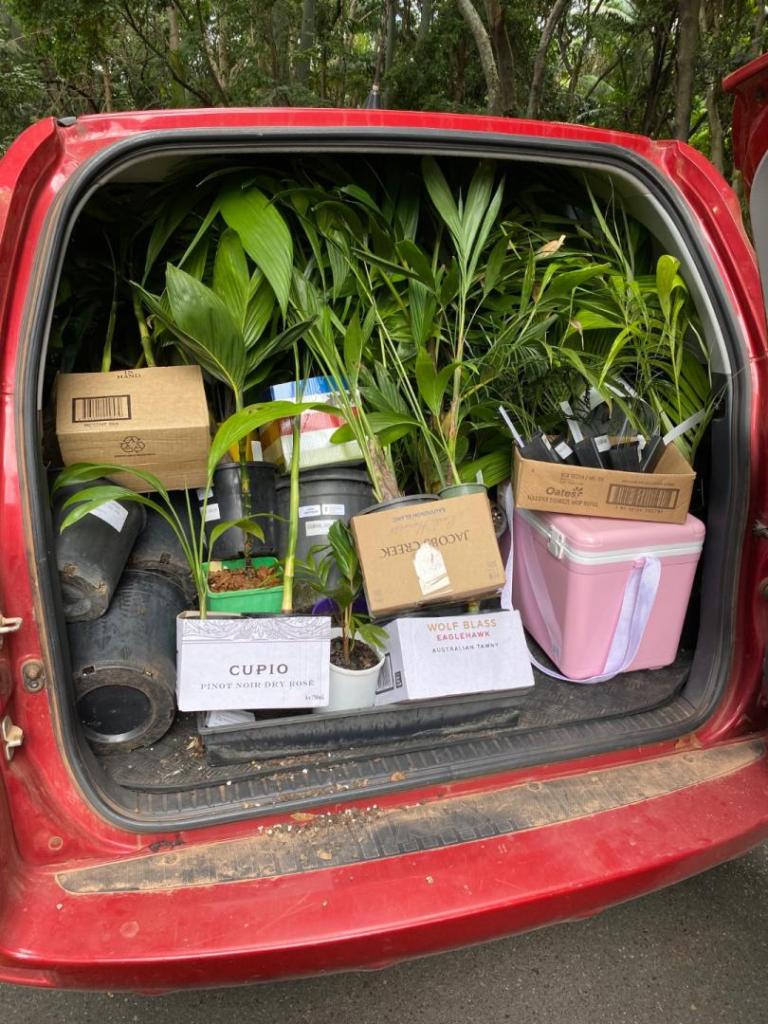
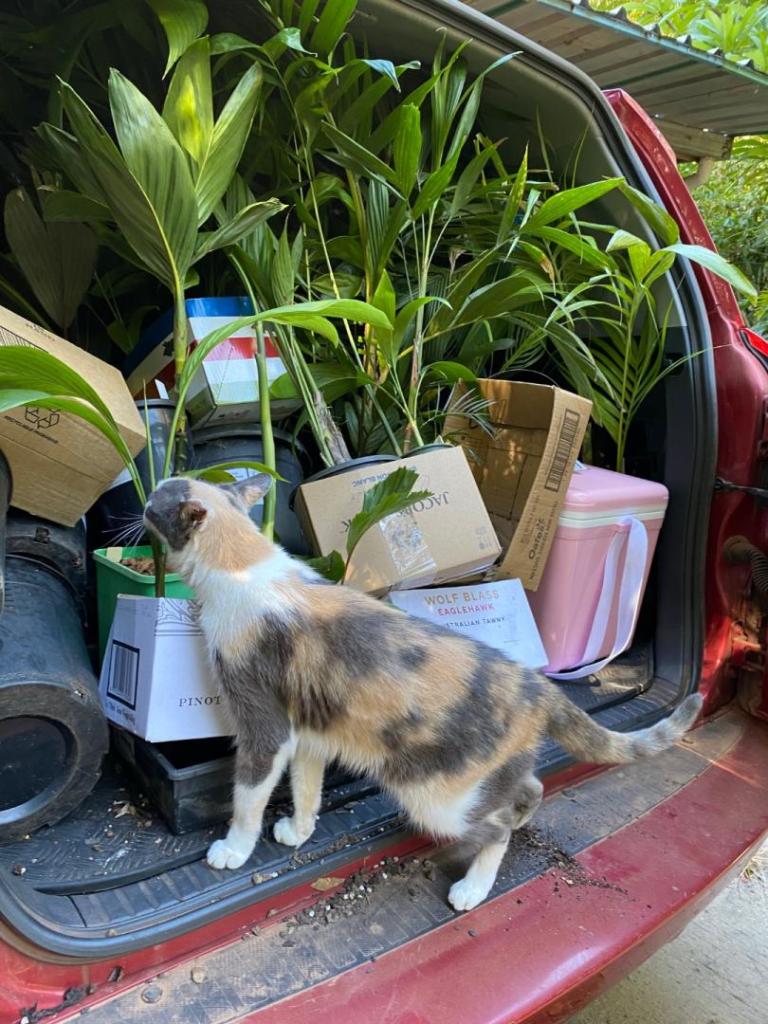


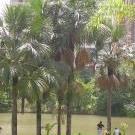
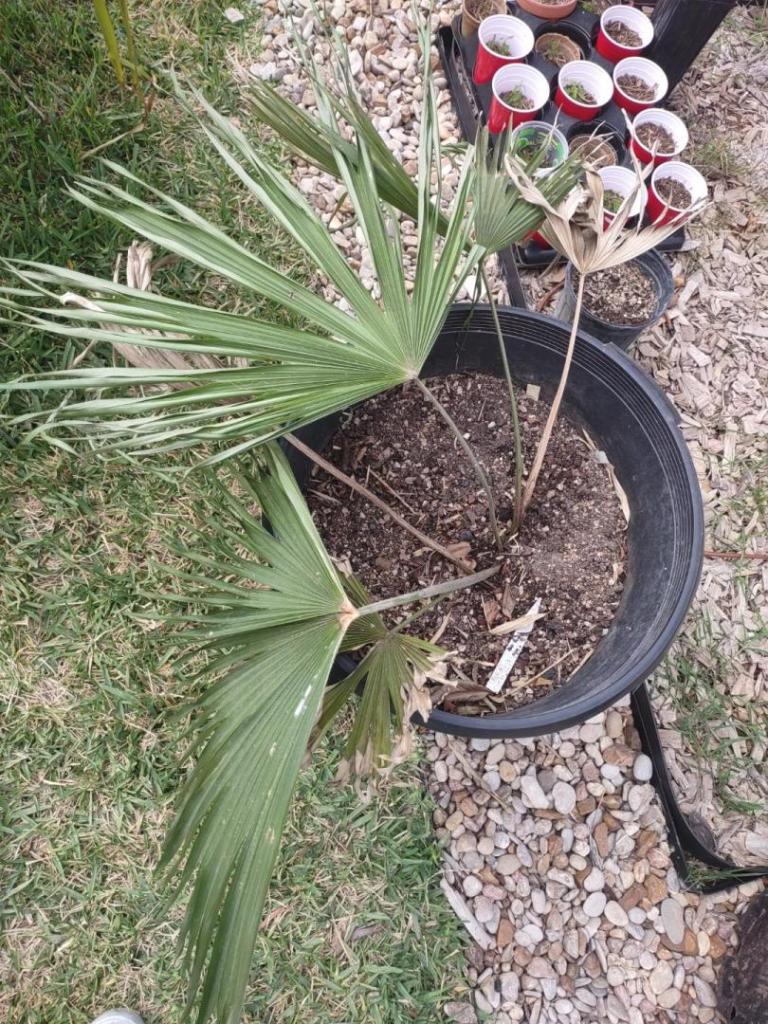


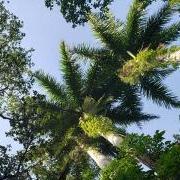

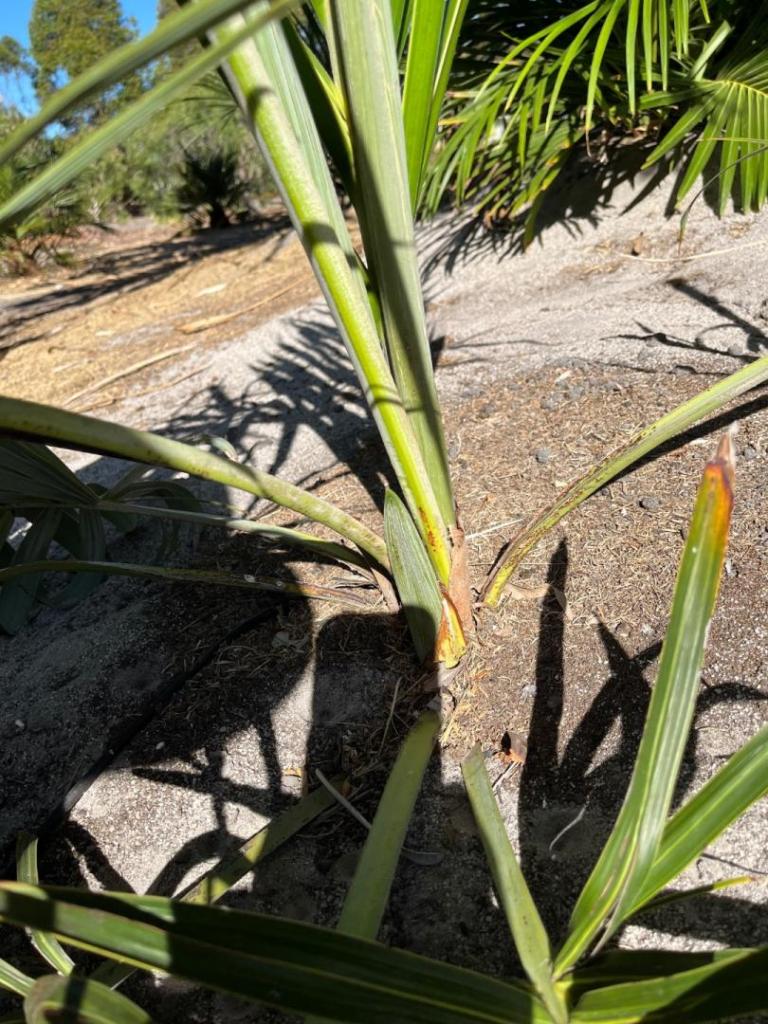









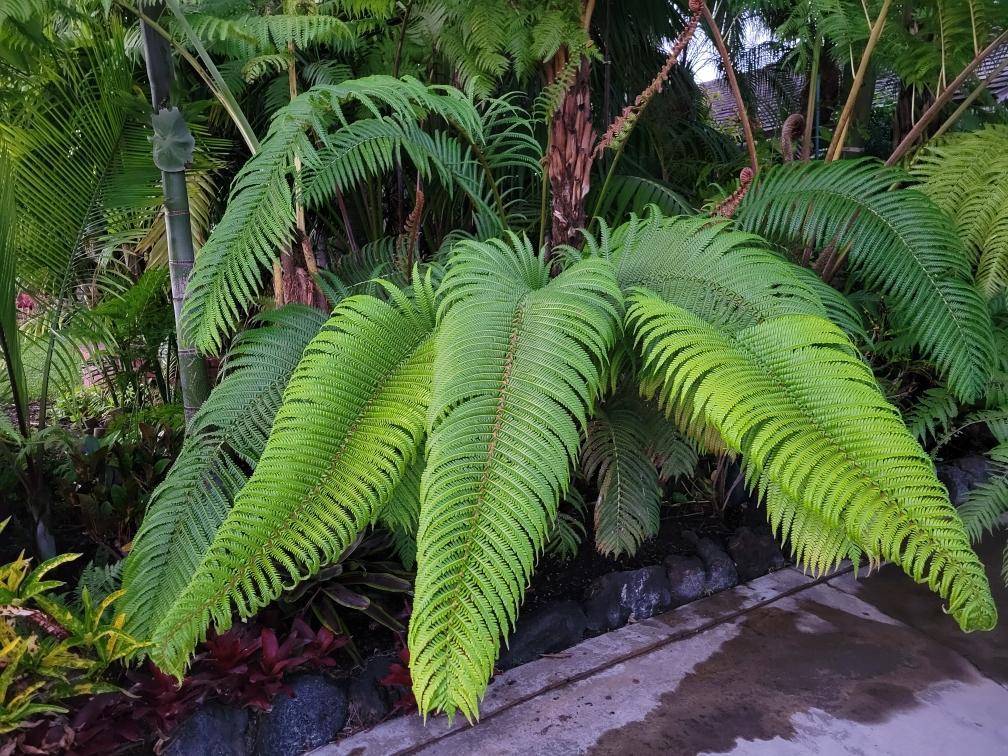









.jpg.0cf735c7525858af1582442942bc68e8.thumb.jpg.894f59a749fff01eb286c1fe4a50ab62.jpg)



